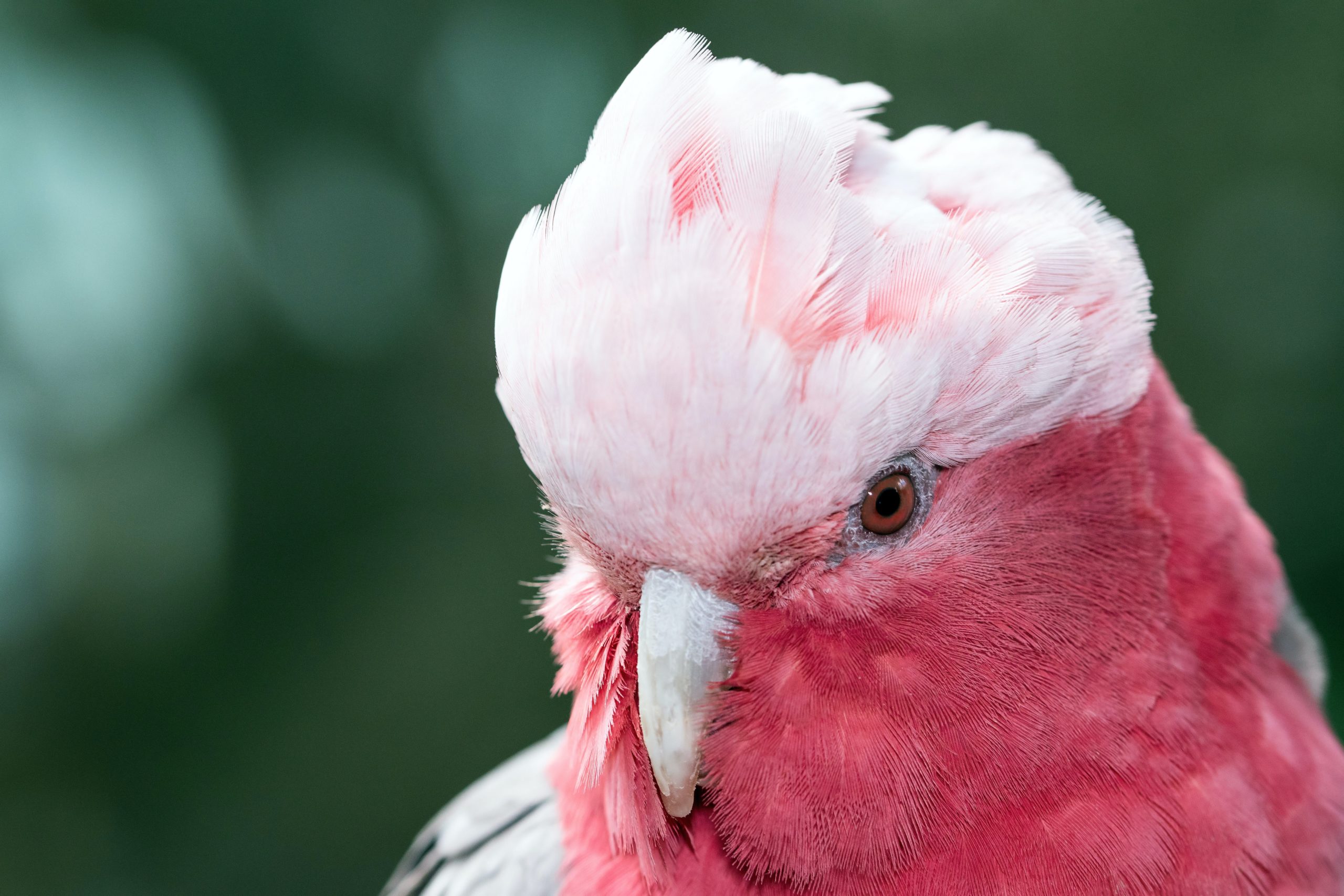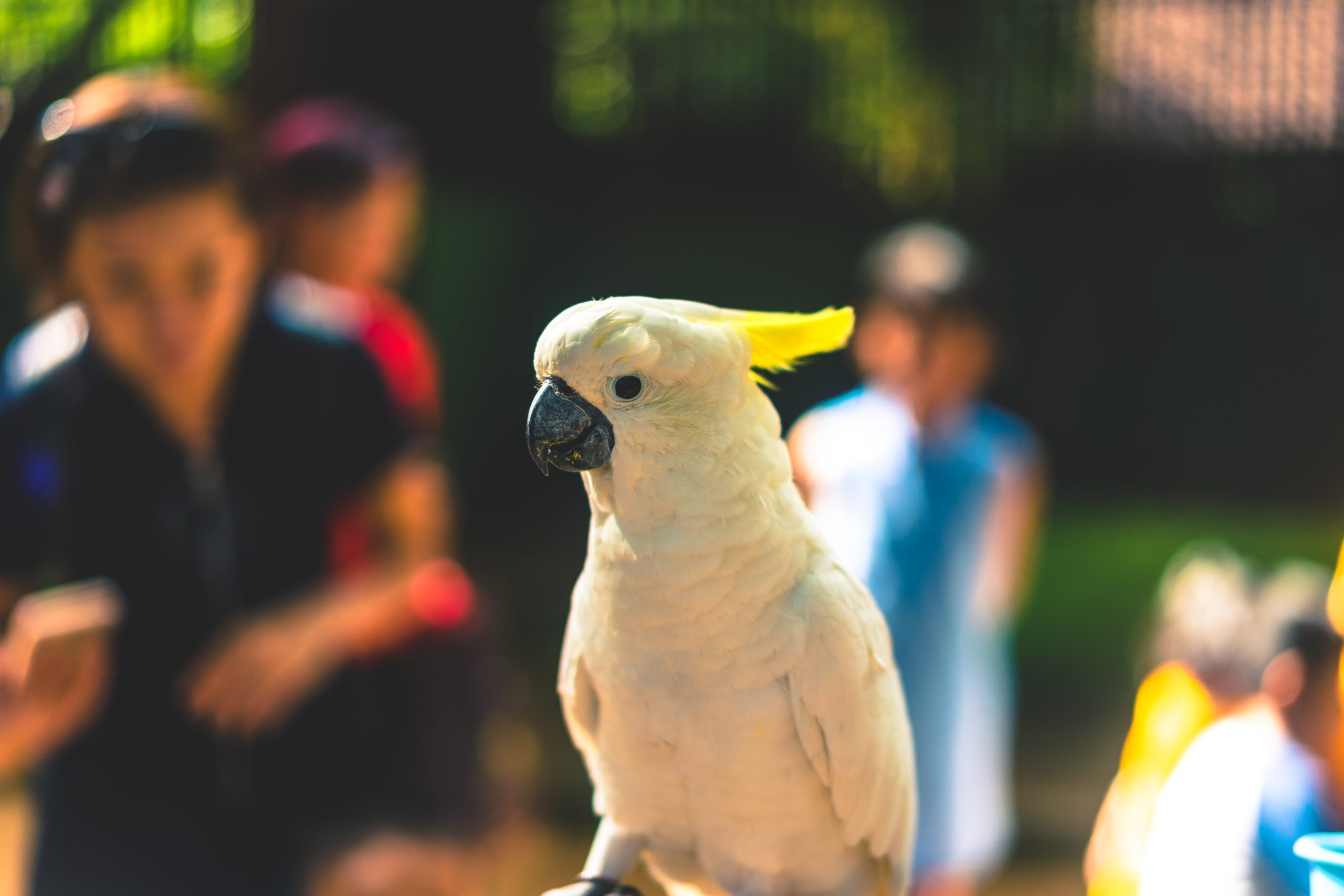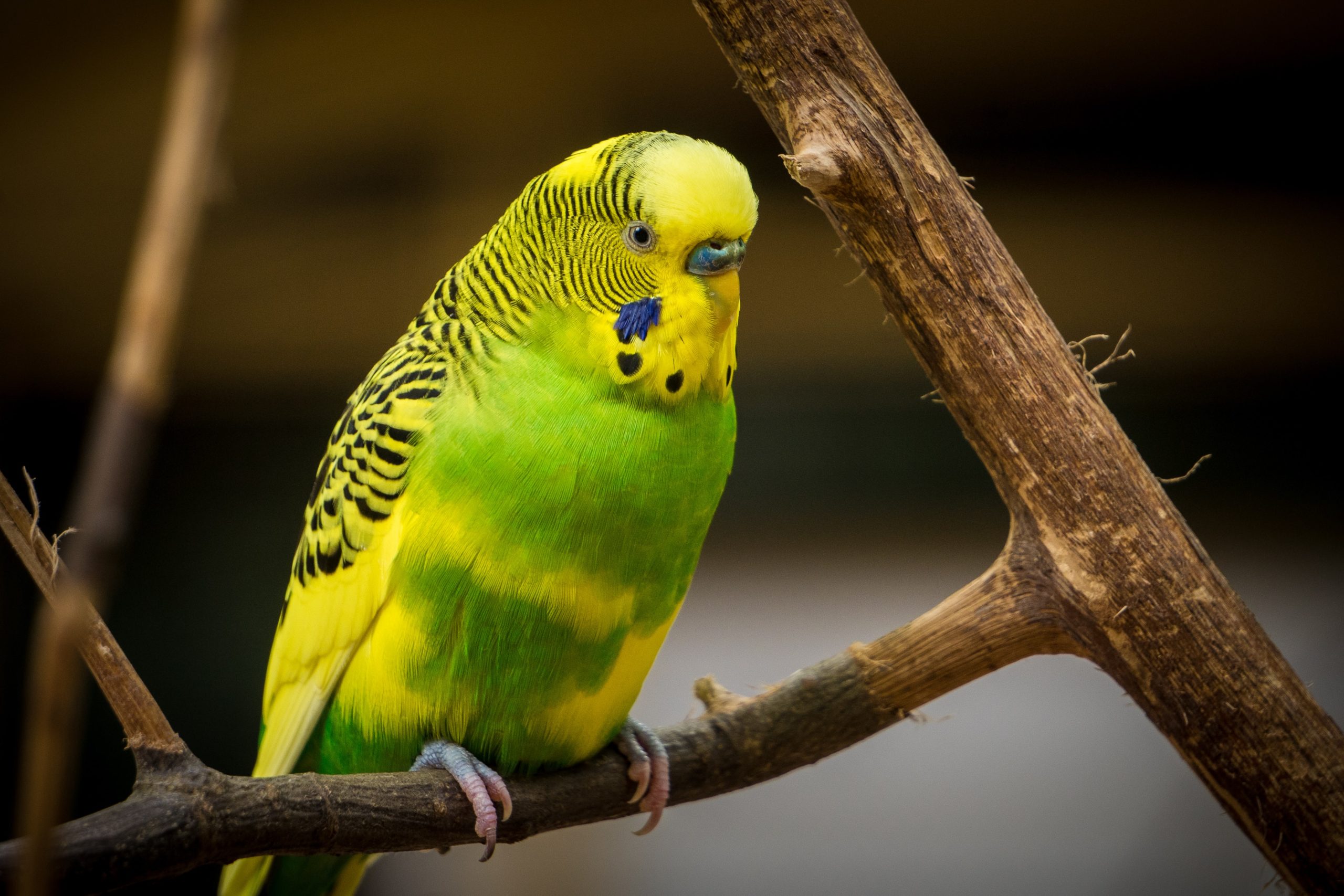Although we like to think of birds as domestic pets, they are only a few generations descended from wild birds. In the wild, a sick bird is easy prey for a predator. Hence, birds have learnt to hide signs of illness in order to survive. This instinct, known as the masking phenomenon, is just as strong in pet birds as it is in wild birds.
This has lead to a belief that once they look sick, they die quickly. In fact, birds are very tough, and are often ill for 1 to 2 weeks before their owner even realizes it.
The key to successful treatment of birds is the early recognition of warning signs that a bird is actually ill.
Droppings
A bird’s droppings are an easy thing to monitor, and can reflect the state of a bird’s health. Normal droppings are composed of three fractions. The dark green – brown portion is the faeces, coming from the bowel. The white is urates, the end product of protein metabolism, comes from the liver and is excreted by the kidneys. The liquid in the droppings, usually around the edge, is urine from the kidneys. Bird owners should familiarise themselves with what normal droppings look like, and monitor droppings daily for any changes as listed below:
- increase or decrease in the frequency of defecation;
- change in consistency of the faecal portion, especially if it becomes unformed or very black;
- the white urates or the urine becoming green, red or orange;
- increase in the urine portion; or
- gas bubbles in the droppings;
- presence of blood.
If you see a change in your bird’s droppings, it is important that you bring your bird to surgery as soon as possible. Make sure you bring in a fresh sample of droppings – placing a piece of aluminium foil under the perch overnight can allow the collection of a good sample.
Other signs of illness
The following are signs of poor health in birds. Birds showing these signs should be brought to the Surgery for a thorough check up, but it is usually not urgent. However, if these signs are ignored, serious illness may quickly follow.
- prolonged moult or continual presence of pin feathers
- broken, bent, picked or chewed feathers
- unusual or dull feather colours
- stained feathers around the nostrils or vent
- loss of feathers around eyes
- crusty material in the nostrils
- flakiness of skin or beak
- abnormal feather loss
- loss of skin pattern, red sores or bare patches on the soles of the feet
- overgrowth of beak or toenails
- lameness
- minor changes in talking, biting or eating habits.
- low reproduction in breeding birds.
Seriously ill birds
The following are signs of seriously ill birds, and urgent attention must be sought if your bird’s life is to be saved:
- significant changes in number and appearance of droppings
- decrease or increase in food and water consumption
- change in attitude, personality or behaviour
- puffed posture
- decreased vocalisation
- increased sleeping
- change in breathing, or abnormal respiratory signs
- change in weight or body condition
- enlargement or swelling on the body
- any bleeding or injury
- vomiting or regurgitation
- discharge from the nostrils, eyes or mouth.
What to do if your bird is ill
- Ring your veterinarian for an appointment or referral to an avian specialist. Do not wait till tomorrow to “see if he gets better” – tomorrow might be too late.
- Put a light or heat source beside your bird’s cage. Putting him in the sun is not enough. You need to get the temperature around your bird up to about 30ºC.
- Try and encourage your bird to eat & drink, but do not stress it in order to do so.
- Do not give antibiotics from the pet shop, alcohol or oil.




